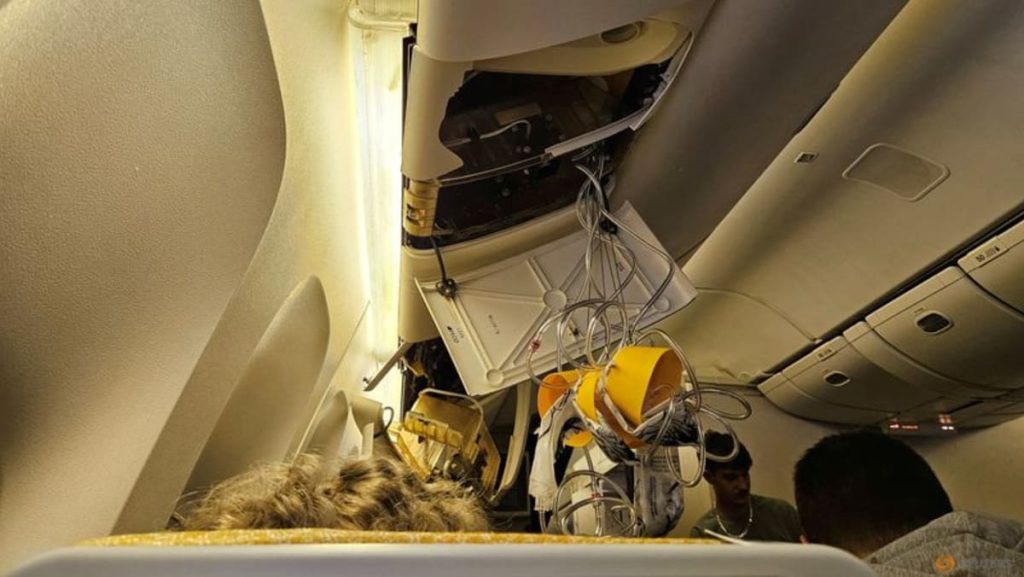In ensuring the safety of passengers during flights, airlines are required by law to have their seatbelt signs switched on during takeoff and landing, as these are the times when the risk of turbulence is higher. However, the actual procedures for dealing with mid-air turbulence can vary between carriers. One recent incident on a Singapore Airlines flight highlighted the importance of wearing seatbelts during flights, as many passengers were thrown around the cabin and suffered injuries when the plane experienced sudden turbulence.
The witness on the Singapore Airlines flight described how passengers who were not wearing their seatbelts were thrown around the cabin and hit their heads when the plane suddenly dipped during turbulence. This incident serves as a reminder of the potential dangers of not following safety instructions during flights, as turbulence can occur unexpectedly and lead to injuries or even fatalities. Sara Nelson, the international president of the Association of Flight Attendants-CWA, emphasized the importance of wearing seatbelts during flights, noting that Clear Air Turbulence (CAT) instances are on the rise and cannot be predicted.
Nelson stressed that wearing a seatbelt during a flight is not optional, but a matter of life and death. The importance of following safety instructions and wearing seatbelts during flights is underscored by the fact that turbulence-related accidents are the most common type of airline accident, according to a 2021 study by the US National Transportation Safety Board. Turbulence can be unpredictable and can occur at any time during a flight, making it essential for passengers to be prepared by buckling up and staying in their seats during the entire duration of the flight.
In light of the growing number of turbulence-related incidents, airlines and aviation authorities continue to prioritize passenger safety by enforcing strict guidelines for seatbelt use and providing training for flight crews on how to handle turbulence. The safety of passengers and crew members during flights is a top priority for airlines, and measures such as having the seatbelt sign on during takeoff and landing help to remind passengers to fasten their seatbelts and stay secure throughout the flight. By following these safety protocols, passengers can reduce the risk of injuries and stay protected in the event of turbulence or other unexpected events during flights.
Overall, the importance of wearing seatbelts during flights cannot be overstated, as turbulence-related accidents are a common occurrence in the aviation industry. The recent incident on a Singapore Airlines flight serves as a stark reminder of the potential dangers of not following safety instructions during flights, as many passengers were injured when the plane experienced sudden turbulence. Passengers are urged to always wear their seatbelts during flights and to remain seated whenever the seatbelt sign is on, in order to ensure their safety and well-being while traveling. Airlines and aviation authorities continue to prioritize safety measures to protect passengers and crew members during flights, and it is essential for everyone on board to adhere to these guidelines in order to prevent accidents and injuries.


